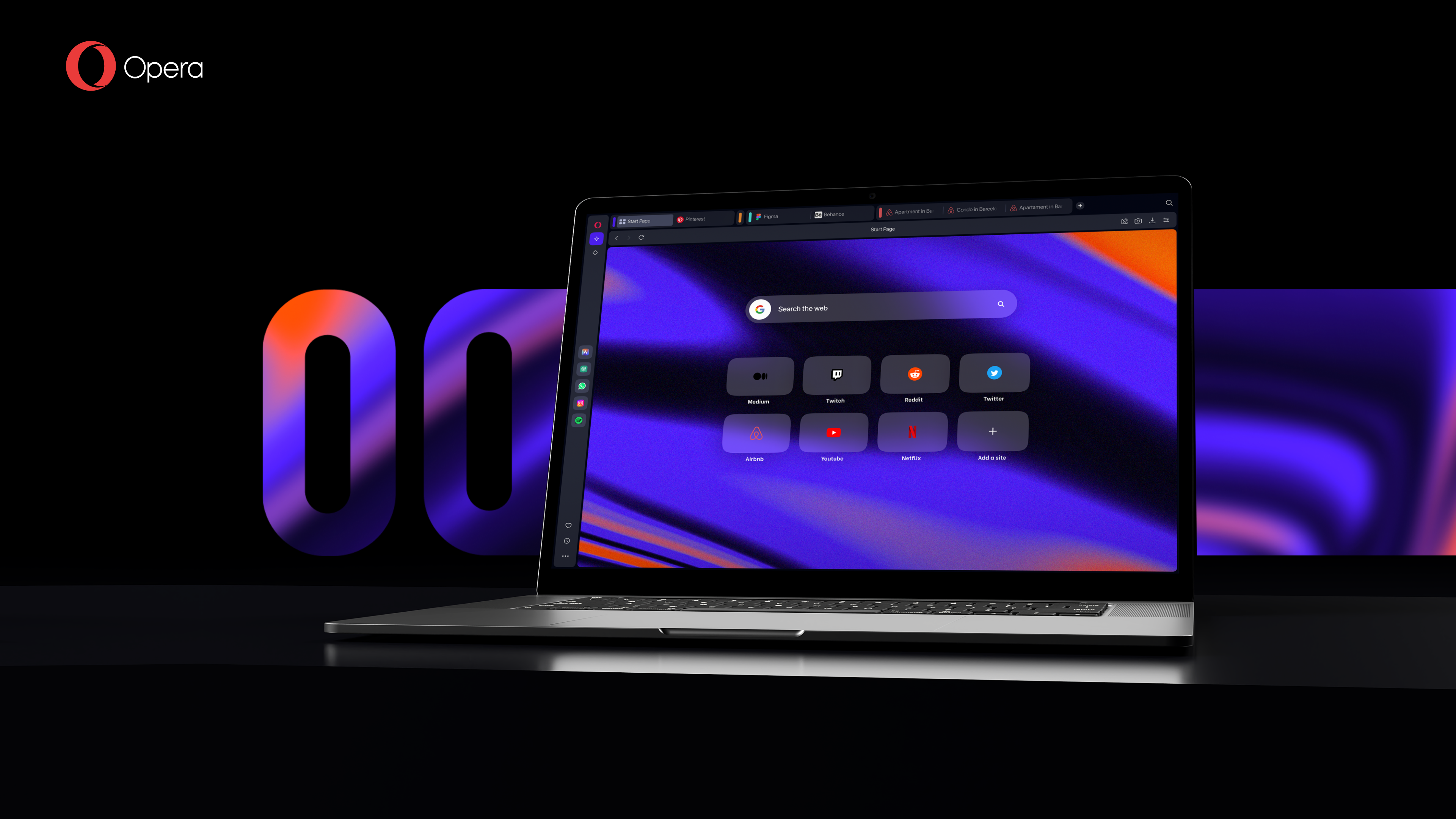 AI
AI
 AI
AI
 AI
AI
Web browser developer Opera Software announced today that its new generative artificial intelligence-enabled browser Opera One is out of testing and available with numerous improvements.
The company says Opera One was redesigned from the ground up in preparation for AI-based browsing and allows users to access its AI sidebar, which is directly integrated with a chatbot named Aria. It’s enabled by the company’s partnership with OpenAI LP and uses GPT-3.5 to pass user prompts that can access information from the internet.
Aria can be accessed through a sidebar as well as a new command line interface triggered on Windows via “Ctrl + /” and Mac via “Cmd + /.”
Using the new AI assistant, users can get information immediately from the web by inputting conversational prompts or even about Opera’s documentation whenever they want. It is even contextually aware of what page they are viewing. By highlighting text and triggering Aria, it will use that information to seed the context for its answers as well, making it even more useful.
The company opened its new AI sidebar for testing in its Opera browser earlier this year in early access before building it directly into its browser.
“As people who obsess over browser innovation, we saw fit to rethink the role of the browser in light of the recent developments in the AI space, As opposed to other browser companies, Opera didn’t simply add AI services to its browser,” said Joanna Czajka, product director at Opera. “We went back to the drawing board and redesigned our flagship browser.”
This news follows the integration of Bing Chat, also powered by OpenAI’s GPT-4, into Microsoft Corp.’s Edge browser in February. Microsoft brought Bing Chat directly into Edge with a sidebar also capable of contextually understanding the current page and looking up web results.
In addition to being able to generate results from the web, Aria is a fully capable generative AI chatbot, which means that it can produce text or code when asked. If users prefer to use a different AI chatbot such as ChatGPT or ChatSonic (a ChatGPT alternative powered by GPT-4), they can be switched within the Opera One sidebar as well.
In addition to the new AI-driven browsing experience, Opera said that it completely revamped the user interface with what it calls Tab Islands, which change how browser tabs behave. These are a new way of keeping tabs together based on context without forcing users to change their browsing habits and allowing them to keep different browsing contexts separate – such as putting all graphical editing tabs together, apartment hunting tabs in one place or news tabs together in one folder.
The Opera One desktop browser has also been re-engineered with a multithreaded compositor that the company says delivers a smoother user interface. This will give users a better experience because the UI won’t lag even if there are a lot of elements and tabs being used.
Opera One is now available to download from Opera’s website and is free on Windows, macOS and Linux.
Support our mission to keep content open and free by engaging with theCUBE community. Join theCUBE’s Alumni Trust Network, where technology leaders connect, share intelligence and create opportunities.
Founded by tech visionaries John Furrier and Dave Vellante, SiliconANGLE Media has built a dynamic ecosystem of industry-leading digital media brands that reach 15+ million elite tech professionals. Our new proprietary theCUBE AI Video Cloud is breaking ground in audience interaction, leveraging theCUBEai.com neural network to help technology companies make data-driven decisions and stay at the forefront of industry conversations.